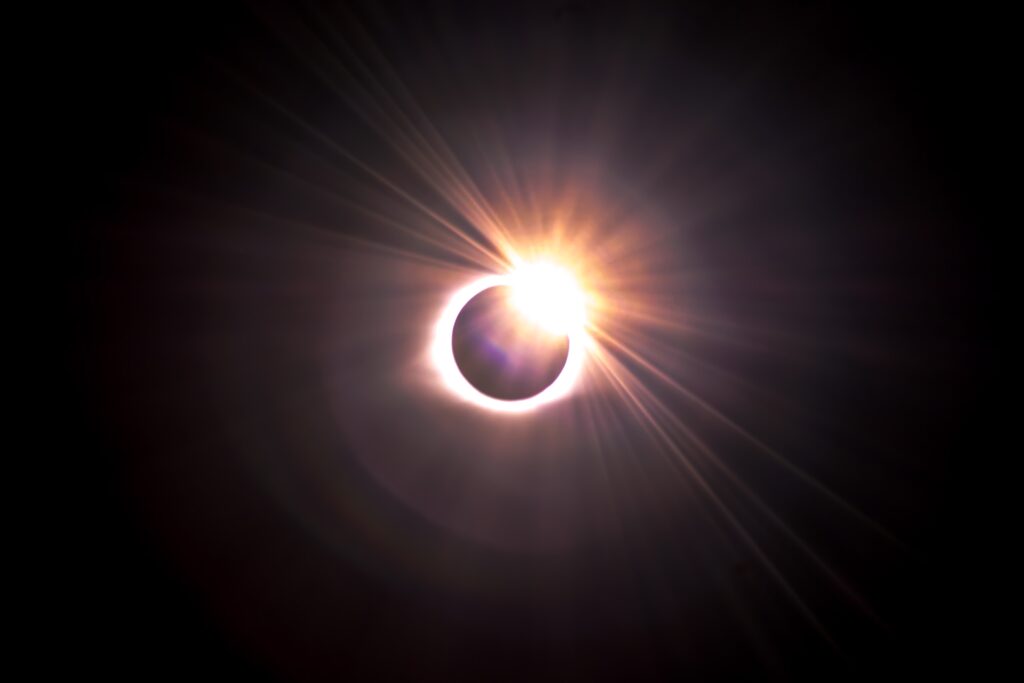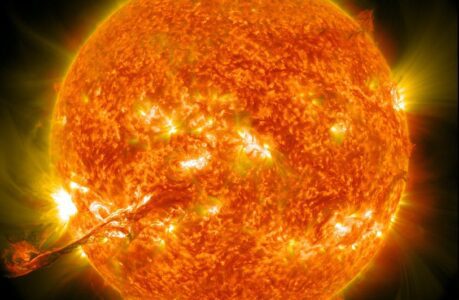Solar astronomy is the study of the sun and its behaviour, including its physical characteristics, magnetic activity, and the impact it has on the solar system. With the use of advanced technology, such as telescopes and satellites, astronomers are able to better understand the sun and its effects on Earth.
The sun is the centre of our solar system and the source of all life on Earth. It is a massive ball of hot gas, composed primarily of hydrogen and helium, that generates energy through nuclear fusion. This energy is what sustains life on Earth, providing heat and light to the planet.
Solar astronomers study the sun’s physical characteristics, such as its size, mass, and temperature, as well as its magnetic activity. The sun’s magnetic field is constantly changing, creating sunspots and solar flares. These events can have a significant impact on the Earth, causing communication disruptions, power outages, and other effects.
Solar astronomers also study the sun’s atmosphere, including the corona, the outermost layer of the sun’s atmosphere. The corona is much hotter than the sun’s surface, reaching temperatures of millions of degrees Celsius. Astronomers are still trying to understand why the corona is so much hotter than the sun’s surface, and what role it plays in the sun’s behaviour.
In addition to studying the sun, solar astronomers also study the sun-Earth relationship. The sun’s gravity affects the movement of the Earth and other planets in the solar system, and the sun’s energy affects the Earth’s climate and weather patterns. Understanding the sun’s impact on the Earth is crucial for predicting and mitigating potential dangers, such as solar storms.
Solar astronomy has come a long way in recent years, with new advancements in technology allowing astronomers to study the sun in greater detail than ever before. With continued research and development, astronomers will be able to unlock even more secrets about the sun and its impact on the solar system.

What features can I see on the sun
There are several features that can be seen on the sun with the proper equipment and conditions:
- Sunspots: Dark areas on the sun’s surface that appear as irregularly shaped patches. They are caused by intense magnetic activity and are cooler in temperature than the surrounding areas.
- Solar Flares: Sudden bursts of energy that emit from the sun’s surface. They can cause radio blackouts and disrupt communication satellites.
- Solar Prominences: Bright, glowing clouds of gas that rise from the sun’s surface and extend into the corona. They are often seen during total solar eclipses.
- Coronal Loops: Arcs of plasma that are suspended in the sun’s magnetic field and can be seen as bright loops in the corona.
- Granulation: Small, granular-looking features on the sun’s surface that are caused by the rise and fall of hot gas.
- Faculae: Bright areas on the sun’s surface that are associated with sunspots and magnetic activity.
It is important to note that viewing the sun directly can be dangerous to your eyes and should only be done with proper equipment and techniques, such as using solar filters or viewing through a specialised telescope.
How do I observe the sun
There are several ways to observe the sun safely:
- Solar Filters: Special filters that can be attached to binoculars or telescopes to reduce the amount of sunlight and protect your eyes.
- Solar Telescopes: Telescopes specifically designed for viewing the sun, which use special filters to reduce the amount of sunlight and protect your eyes.
- Pinhole Projectors: A simple device that projects an image of the sun onto a surface. It is created by making a small hole in a piece of paper or cardboard and holding it up to the sun.
- Solar Observing Glasses: Special glasses that have a filter to reduce the amount of sunlight and protect your eyes.
- Projections: You can project an image of the sun onto a white surface by using binoculars or a telescope.
It is important to always take precautions when observing the sun, as looking directly at the sun can cause permanent damage to your eyes. It is recommended to only observe the sun through special equipment or techniques.

